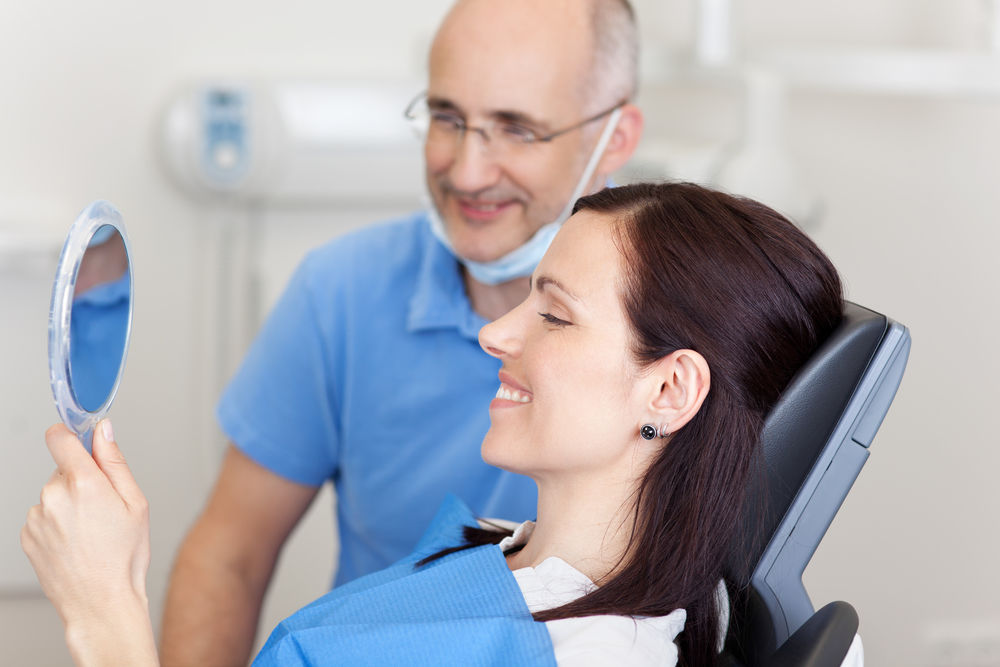Routine dental cleanings can help prevent tooth decay and gum disease. Dental cleanings are often done by a dental hygienist after a dental exam. Professional dental cleanings help keep your teeth and gums healthy while educating you on proper dental hygiene. A dental cleaning removes tartar and plaque using tools such as a professional electric brush, mirror, and scaler.
 Teeth Plaque & Tarter Removal
Teeth Plaque & Tarter Removal
To remove plaque and tartar from your teeth, the hygienist uses a small mirror and scaler. If not removed, plaque, which is the film of bacteria on your teeth, can lead to decay and gum disease. Proper tooth brushing and flossing removes plaque but it can lead to tartar buildup if not done regularly. Tartar is the hardened form of plaque. Plaque and tartar can be found on teeth and around the gum line. During your cleaning, the hygienist removes them and discuss ways to improve your dental hygiene.
Tooth Polishing
After the plaque and tartar have been removed, the next step is tooth polishing. The hygienist polishes your teeth using a professional electric brush with a gritty toothpaste. You may notice slight pressure as the hygienist polishes your teeth. Once complete, you will rinse and notice how much cleaner your teeth feel.
Some patients may need fluoride after a dental cleaning. Fluoride protects the teeth from decay for a few months. This treatment is applied to your teeth in the form of a foamy gel or varnish. The treatment hardens quickly.
Will My Teeth Whiten with a Dental Cleaning?
A dental teeth cleaning can remove some stains on your teeth. However, if you are interested in brightening your smile, consider professional teeth whitening. In just one visit, our dentists are able to brighten teeth up to eight shades.
Contact Us Today
Routine dental cleanings are important for preventing oral issues such as tooth decay and gum disease. Keep your teeth healthy by calling our office and scheduling a cleaning today.
